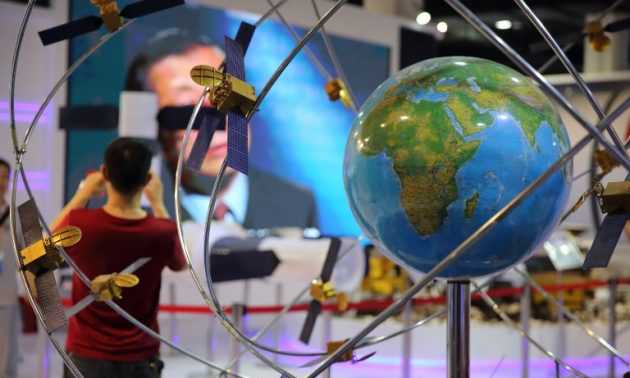China’s atomic clock in space improving navigation system
28 July, 2018

The world’s first atomic clock in space is expected to give a big boost to BeiDou, China’s indigenous satellite navigation system, and make it more accurate.
The atomic clock, which uses an electron transition frequency of the electromagnetic spectrum of atoms as a frequency standard for ultra-accurate timekeeping, passed all tests in the Tiangong-2 space lab that was sent into orbit in September 2016.
The clock can reach a stability of 7.2×10-16, which means an error of within “one second every 30 million years,” Liu Liang, the leader of the project under the Chinese Academy of Sciences, told Xinhua. He added that mechanical watches for day-to-day timekeeping could err several seconds in a day.
Testing the atomic clock was one of the 14 research programs conducted abroad the space lab in the past two years. The results were published in the journal Nature Communication this week.
China’s atomic clock in space is the cold type which uses laser-cooled atoms as a medium to receive highly stable frequency signals, while traditional ones use hot atoms which have limitations in their long-term stability, and such a clock operating in outer space can overcome the lack of gravity which causes timing errors on earth.
The chip-scale atomic clock is the core of a navigation satellite system. Improving an atomic clock’s performance is vital to enhancing the positioning accuracy, but also the stability of the BeiDou system.
Atomic clocks are so far the most accurate time and frequency standards known and are used as primary standards for international time distribution services, to control the wave frequency of television broadcasts and in global navigation satellite systems such as GPS.
Like GPS, DeiDou receivers on the ground works by measuring the relative time delay of signals from a minimum of four satellites, each of which has at least two onboard caesium and as many as two rubidium atomic clocks for precise timekeeping and accurate positioning.
TAG(s):
